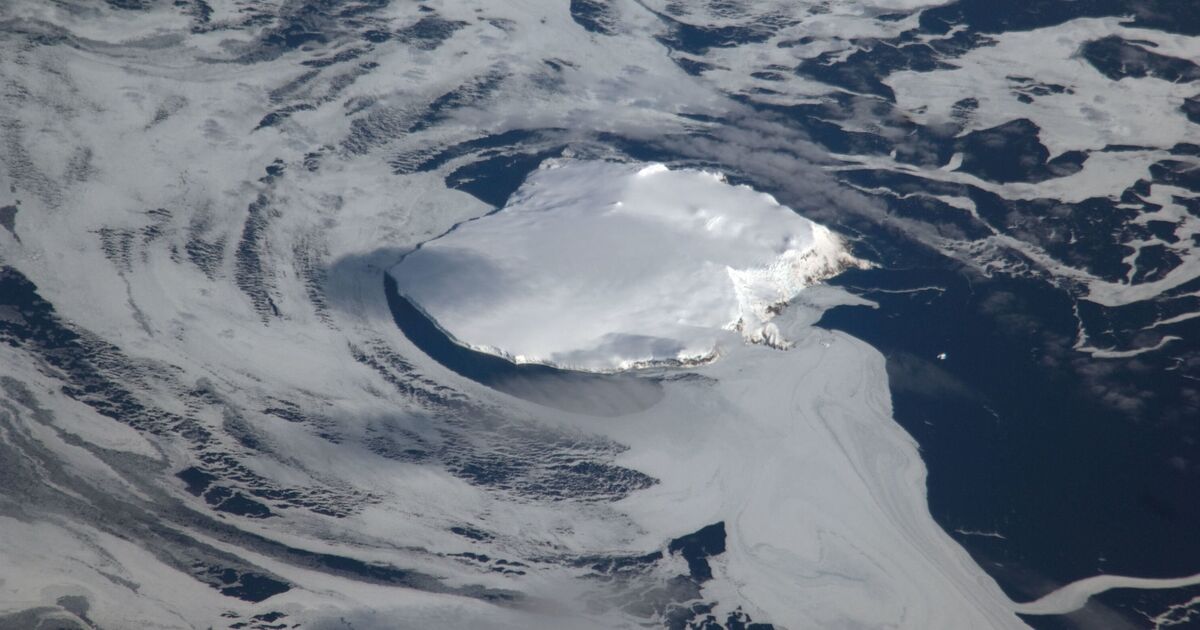Scattered across the globe are a vast range of islands that belong to countries often thousands of miles away, ranging from the UK-owned volcanic island in the South Atlantic, Tristan da Cunha, to the Caribbean island of Saint Martin, owned by both France and the Netherlands. However, there is one island which few have heard of, located just north of the Antarctic Circle and owned by a European country some 6,000 miles away.
Bouvet Island is a tiny, uninhabited volcanic island in the South Atlantic Ocean at the southern end of the Mid-Atlantic Ridge, known as the world’s most remote island. Its closest neighbour is the Princess Astrid Coast of Queen Maud Land, Antarctica, 1,100 miles to the south. It is also 1,160 miles east of the South Sandwich Islands and a whopping 1,570 miles southwest of the coast of South Africa. A protected nature reserve, Bouvet Island is officially a dependent territory of Norway.
Covering an area of just 19 square miles, 93% of Bouvet Island is covered by a glacier. The centre of the island is the ice-filled crater of an inactive volcano. Some skerries (rocket islets) and one smaller island, Larsøya, lie along its coast. Nyrøysa, created by a rock slide in the late 1950s, is the only easy place to land and is the location of a weather station.
The island was first discovered on January 1, 1739, by Jean-Baptiste Charles Bouvet de Lozier, a French sailor during an exploration mission in the South Atlantic. However, they did not make landfall. He mislabeled the coordinates for the island and it was not sighted again until 1808, when the British whaler James Lindsay encountered it and named it Lindsay Island.
The first claim to have landed on the island was made by the American sailor Benjamin Morrell, although this claim is disputed. In 1825, the island was claimed for the British Crown by George Norris, who named it Liverpool Island. Then, in 1927, the first Norvegia expedition landed on the island and claimed it for Norway. At that point, the island was given its current name, or “Bouvetøya” in Norwegian. In 1930, following the resolution of a dispute with the UK over claiming rights, it was declared a Norwegian dependency.
In 1971, the island was named an official protected nature reserve. However, the extreme weather conditions mean there is very little wildlife on the island. In fact, the only non-plant life is fungi, types of moss and liverworts.
However, there are plenty of penguins and seals on the island, including the macaroni, chinstrap and Adelie penguin as well as southern elephant and Antarctic fur seals. Several types of whale and dolphins – including southern right whales, humpbacks and orca – also pass around Bouvet.
The expedition ship Hanse Explorer visited Bouvet Island in February 2012 as part of “Expédition pour le Futur.” The goal was to land and climb the highest point on the island. The first four climbers (Aaron Halstead, Will Allen, Bruno Rodi, and Jason Rodi) did so, leaving behind a time capsule containing the top visions of the future for 2062. The next morning, Aaron Halstead led five other climbers (Sarto Blouin, Seth Sherman, Chakib Bouayed, Canadian actress Cindy Sampson and Akos Hivekovics) to the top.

